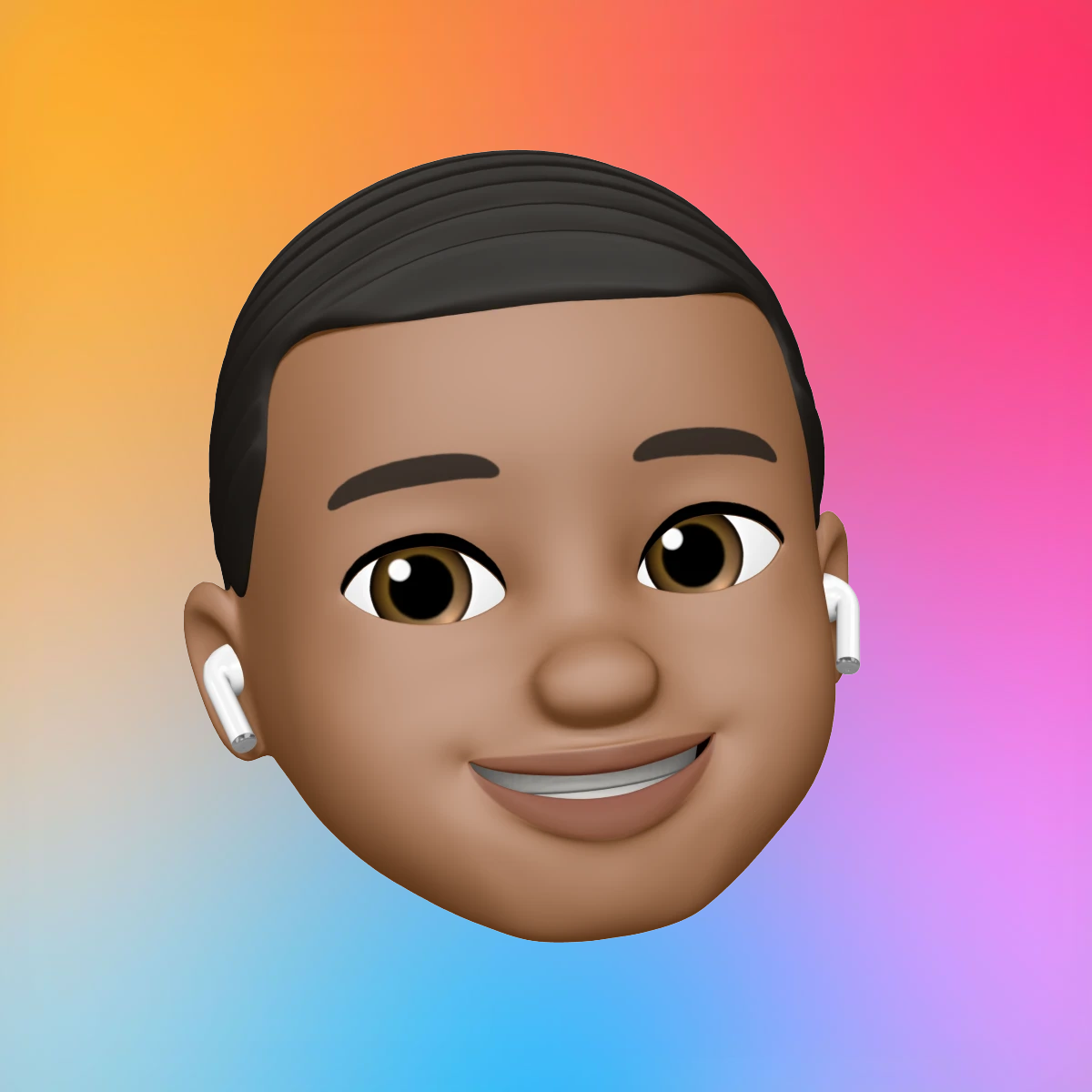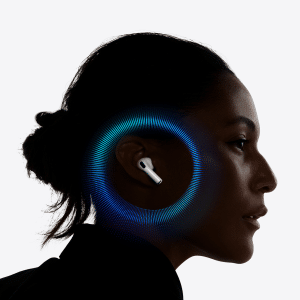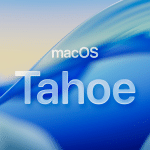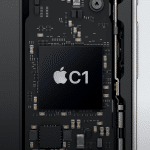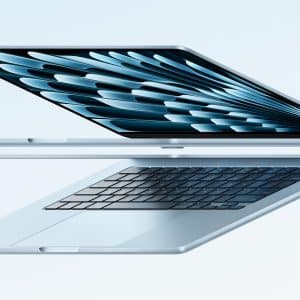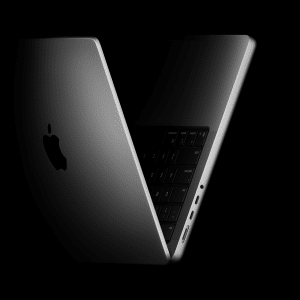Hand gestures could elevate the Mac’s interface by enabling users to perform actions without touching the keyboard or trackpad. Imagine waving to scroll through a webpage, pinching to zoom into a photo, or pointing to select an app—all from a short distance. The patent emphasizes the use of “event cameras,” which capture rapid movements more effectively than traditional frame-based cameras. These cameras detect pixel changes in real time, ensuring gestures are recognized with precision and minimal lag.
This approach addresses the limitations of standard cameras, which struggle with the quick, fluid motions of hands. By combining event cameras with advanced sensors, Apple aims to create a system that can distinguish a user’s hands from the background, focusing only on intentional gestures. This could make interactions feel as instinctive as those on the Apple Vision Pro, where gestures are already a core part of the interface.
Overcoming Hardware Hurdles
Bringing Face ID to Macs has been a long-standing challenge. The slim design of MacBook lids, for instance, makes it difficult to house the TrueDepth camera system used in iPhones. However, Apple’s recent advancements in thinner devices, like the anticipated iPhone 17 Air and iPhone Fold, suggest progress in miniaturizing the necessary components. The patent hints at placing cameras at the base of the MacBook screen, though it doesn’t explicitly confirm Face ID integration. Instead, it focuses on how these cameras could enable gesture detection, implying a dual-purpose system that might also support facial authentication.
This development aligns with Apple’s broader vision of seamless device interaction. The company has already explored gesture controls in other products, such as the Apple Vision Pro and potential AirPods with cameras. Extending this to Macs could create a unified experience across Apple’s ecosystem, where users move fluidly between devices using familiar gestures.
Enhancing Accessibility and Usability
Gesture detection could be a game-changer for accessibility. For users with limited mobility, the ability to control a Mac through hand movements offers a more inclusive way to interact with technology. The patent’s focus on real-time gesture recognition suggests Apple is prioritizing responsiveness, ensuring that even subtle movements are accurately interpreted. This could benefit everyone, from professionals navigating complex workflows to casual users browsing the web.
Moreover, combining gesture control with Face ID could streamline security. Unlocking a Mac with a glance and then navigating with gestures would reduce reliance on physical inputs, creating a faster, more intuitive workflow. While the patent doesn’t explicitly mention Face ID, its description of front-facing cameras scanning users strongly suggests compatibility with facial recognition technology.
The Road Ahead
Apple’s exploration of gesture detection doesn’t guarantee immediate implementation. The company files hundreds of patents annually, many of which remain theoretical. However, the detailed nature of this patent, coupled with Apple’s history of refining biometric and interface technologies, makes Face ID with gesture control a plausible future for Macs. Posts on X reflect excitement about this possibility, with users speculating about gesture-driven macOS features enhancing productivity and creativity.
For now, Macs rely on Touch ID and passwords for authentication, but the groundwork is being laid for a leap forward. If Apple can overcome the technical challenges, future MacBooks and iMacs could offer a blend of security and interactivity that feels both futuristic and familiar. As the company continues to innovate, users can look forward to a Mac experience that’s more intuitive than ever.



